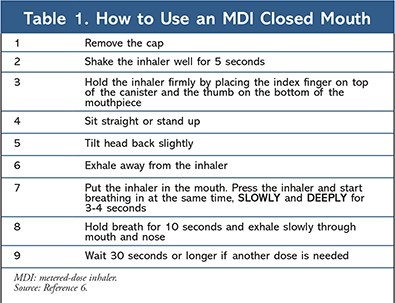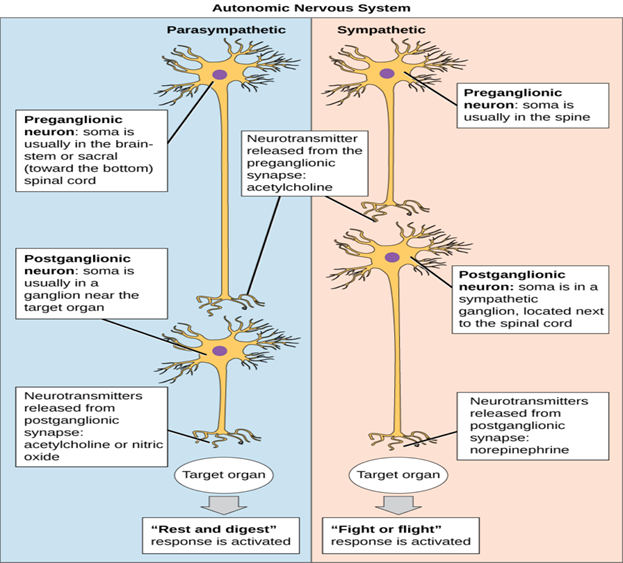A nurse is teaching a client who has asthma about how to use an albuterol inhaler. Which of the following actions by the client indicates an understanding of the teaching?
The client waits 10 min between inhalations.
The client takes a quick inhalation while releasing the medication from the inhaler.
The client holds his breath for 10 seconds after inhaling the medication.
The client exhales as the medication is released from the inhaler.
The Correct Answer is C
When using an albuterol inhaler, it is important for the client to take a slow and deep inhalation while releasing the medication from the inhaler. After inhaling the medication, holding the breath for about 10 seconds allows the medication to reach deep into the airways and maximize its effectiveness.
The other actions mentioned are not correct:
A. Waiting 10 minutes between inhalations: Albuterol inhalers are typically used as a quick-relief medication for acute symptoms, and waiting 10 minutes between inhalations may not provide immediate relief when needed. The specific instructions on the frequency of inhalations should be provided by the healthcare provider.
B. Taking a quick inhalation while releasing the medication from the inhaler: It is important to take a slow and deep inhalation while releasing the medication to ensure that the medication reaches the lungs effectively. Taking a quick inhalation may result in less effective delivery of the medication.
D. Exhaling as the medication is released from the inhaler: It is important to exhale fully before using the inhaler to ensure that the medication is inhaled deeply into the lungs. Exhaling while releasing the medication can interfere with the proper inhalation technique.

Nursing Test Bank
Naxlex Comprehensive Predictor Exams
Related Questions
Correct Answer is B
Explanation
The Parasympathetic Nervous System utilizes the neurotransmitter acetylcholine. Acetylcholine is released by the postganglionic neurons of the parasympathetic nervous system and acts on target organs and tissues to elicit parasympathetic responses. It plays a crucial role in regulating various bodily functions, including digestion, heart rate, respiratory rate, and other rest and digestion activities.

Correct Answer is C
Explanation
The sympathetic nervous system postganglionic neurons primarily release norepinephrine as their neurotransmitter. These neurons are part of the autonomic nervous system and are responsible for coordinating the body's "fight or flight" response to stress or danger.
Norepinephrine acts as a neurotransmitter at the postganglionic synapses and binds to adrenergic receptors in the target tissues, mediating the physiological responses associated with sympathetic activation.
While acetylcholine is the primary neurotransmitter released by the preganglionic neurons of the sympathetic nervous system, it is not the neurotransmitter released by postganglionic neurons. Epinephrine (also known as adrenaline) is released into the bloodstream by the adrenal medulla and acts as a hormone, not a neurotransmitter. Arginine is an amino acid and is not directly involved in the neurotransmission of the sympathetic nervous system.

Whether you are a student looking to ace your exams or a practicing nurse seeking to enhance your expertise , our nursing education contents will empower you with the confidence and competence to make a difference in the lives of patients and become a respected leader in the healthcare field.
Visit Naxlex, invest in your future and unlock endless possibilities with our unparalleled nursing education contents today
Report Wrong Answer on the Current Question
Do you disagree with the answer? If yes, what is your expected answer? Explain.
Kindly be descriptive with the issue you are facing.
